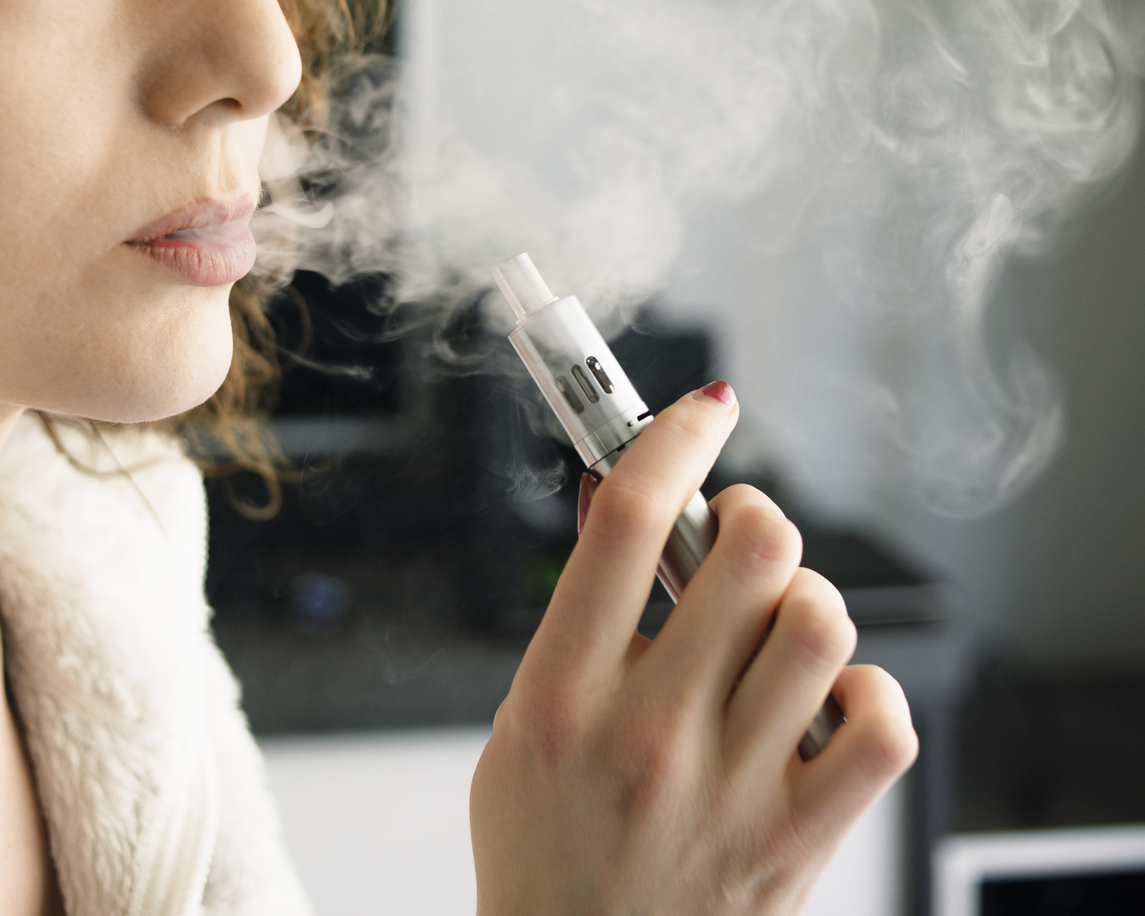“Short Fill” Users Potentially at Risk Due to Legal Loophole
A loophole in the Tobacco and Related Products Regulations 2016 (TRPR) could mean that users of short fills could be at risk of receiving products that aren’t manufactured safely and contain dangerous ingredients.
Short fill e-liquids, which are also known as “short fills” and “shake and vape” liquids, do not contain any nicotine. Instead, they’re zero-nicotine liquids that are intentionally under-filled, allowing end users to add their own 10mL nicotine shots.
Because short fill e-liquids don’t contain any nicotine, they’re not covered by the Tobacco and Related Products Regulations 2016 (TRPR), according to the MHRA.
According to one industry expert, this means that products of this type could be manufactured outside of regulations by unscrupulous people, putting end users at risk.
Mark Fawcett, the manager of GoSmokeFree.co.uk, claims that the legal loophole creates real safety risks for consumers and that the “whole situation is out of control.”
According to Mr Fawcett, the legislation was put in place by the government to make sure that all people in the industry could be held accountable. However, since short fills aren’t covered by MHRA regulations, it’s easy for manufacturers to produce them without any regulations.
This could lead to unscrupulous, unqualified manufacturers producing short fill liquids in unsafe environments, increasing the risk of harm to consumers.
“Professional e-liquid manufacturers spend thousands of pounds on e-liquid testing to ensure their products are safe for consumer use and don’t contain any nasties, like 2,3-pentanedione, diacetyl and acetoin.”
These additives, which are often used by unregulated manufacturers, are linked to a number of health conditions, including bronchiolitis obliterans (BO), which is also known as popcorn lung, and fibrosis.
“Because short fills only consist of vegetable glycerin, propylene glycol and flavourings, some unscrupulous members of the public think they can throw anything together and try to make a few pennies from it.”
“As they don’t have any overheads and aren’t bothered about possible health issues or the end user, there’s no accountability if something goes wrong. They’re in it for a quick score.”
Mr Fawcett recommends that consumers take note of how and where the short fills they use are made to avoid buying potentially dangerous products.
““People can get cheap flavourings from anywhere, including from outside the UK in countries such as China. We have heard of and seen e-liquid from Malaysia that contained a spider, so god knows what the environment was like that actually bottled the product itself.”
To avoid buying potentially dangerous short fills, consumers can check that the manufacturer is properly registered by the MHRA. They can also take note of the wording used to denote how a product was made.
“Often homemade short fills will have on the packaging, ‘manufactured for’ followed by the name of a wholesaler, rather than ‘manufactured by’, which provides accountability.”

